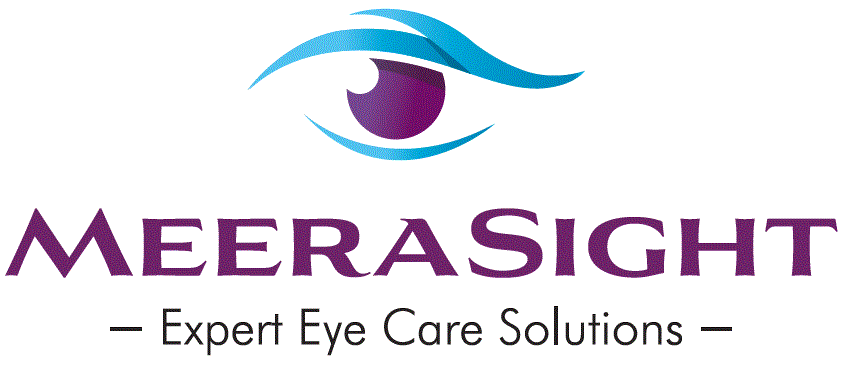
The process of vision begins when light rays that reflect off objects and travel through the eye's optical system are refracted and focused into a point of sharp focus on the retina.
Refractive Errors
Refractive errors are optical imperfections that prevent the eye from properly focusing light, causing blurred vision which can be for distance vision, near vision or reading or both. If this happens in early age it can lead to crossing of eyes or squint in children and may cause permanent damage to vision. Types of Refractive error

Nearsightedness (Myopia) • Close objects are clear far-away objects look blurry • Often discovered in childhood and progresses throughout the teenage years.

Farsightedness (Hyperopia)
• Close objects are more blurry than distant objects.
• In mild hyperopia, distance vision is clear while near vision is blurry.
• In advanced hyperopia, vision can be blurred at all distances.

Astigmatism
• Usually occurs when the front surface of the eye, the cornea is curved more in one direction than in another. • Causes blurred vision at all distances. • Vision is as if looking through a distorted, wavy mirror.

Presbyopia (aging of the lens in the eye).
• After age 40, the lens of the eye becomes more rigid and does not flex as easily so the eye loses its focusing ability. • Difficult to read at close range. • This is a normal aging process. • Can also be combined with myopia, hyperopia or astigmatism.
How to detect refractive error?
A refractive error can be diagnosed by us during a routine eye examination. Testing usually consists of asking you to read a vision chart while testing an assortment of lenses to maximize your vision. This process can be augmented with help of an auto refractor. Special imaging or other testing is rarely necessary.
Treatment of Refractive Errors:
1. Spectacles or glasses
2. Contact lenses
a. Refractive surgeries
b. Laser Vision correction
i. PRK (Surface Ablation)
ii. LASIK (Flap Surgery)
iii. SMILE (Flapless Surgery)
c. Phakic IOL/ICL
3. Refractive lens Exchange.






Comentários